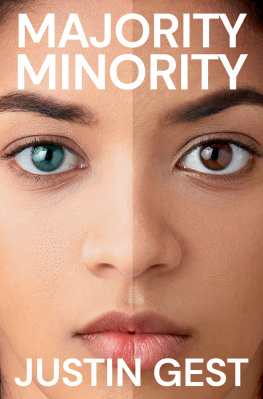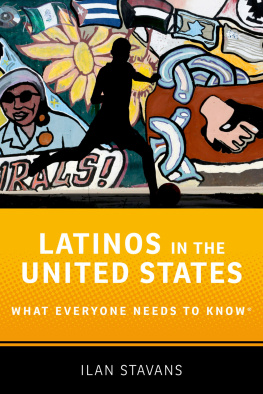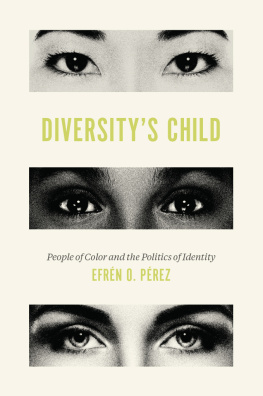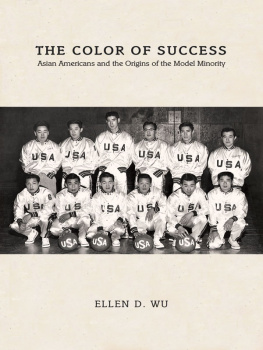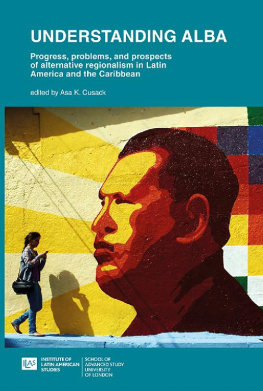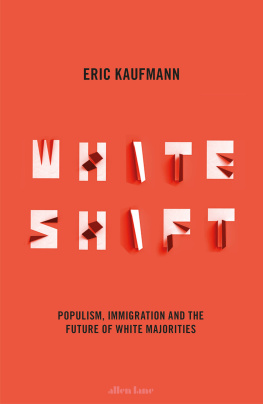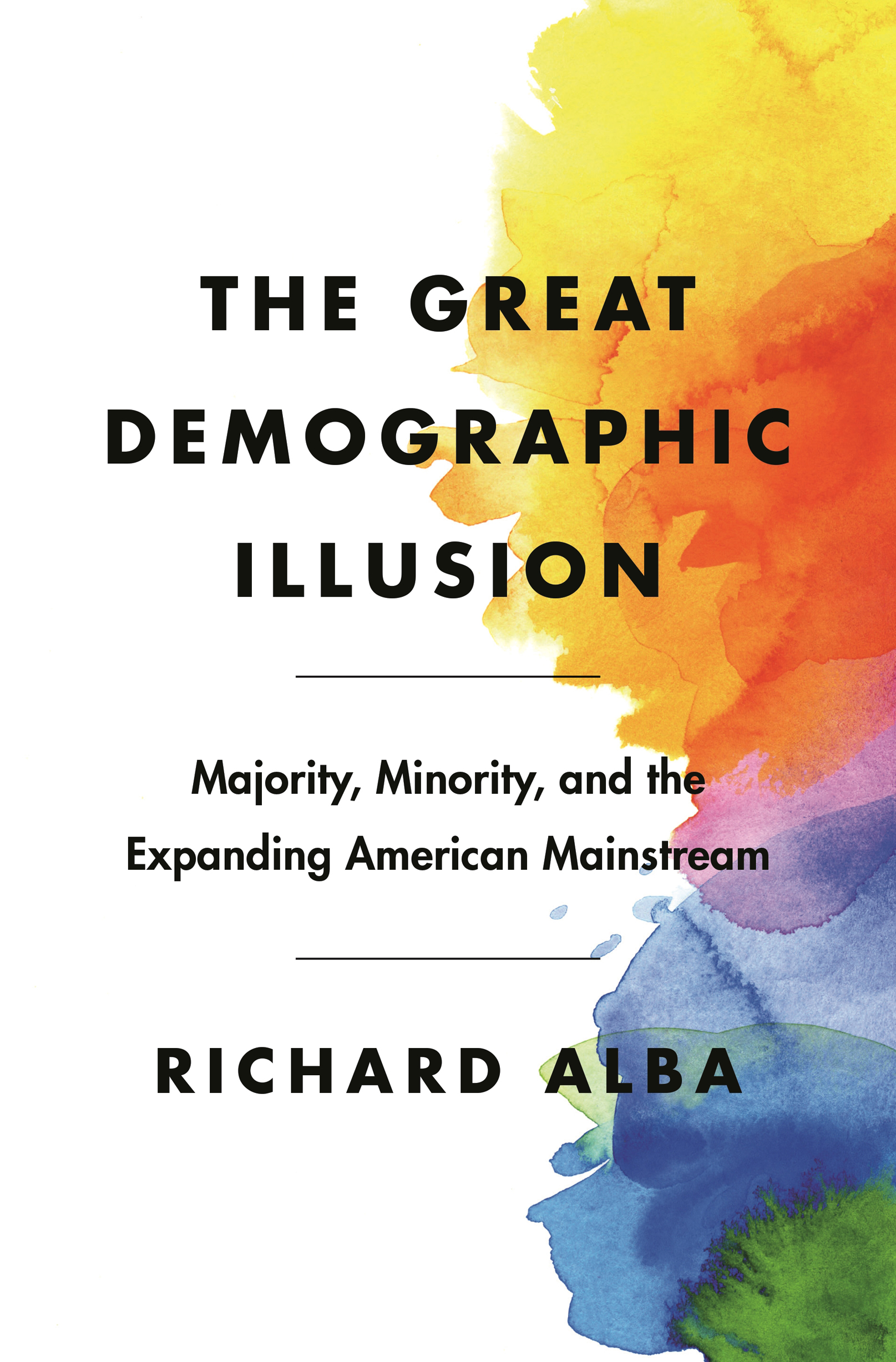Richard Alba - The Great Demographic Illusion: Majority, Minority, and the Expanding American Mainstream
Here you can read online Richard Alba - The Great Demographic Illusion: Majority, Minority, and the Expanding American Mainstream full text of the book (entire story) in english for free. Download pdf and epub, get meaning, cover and reviews about this ebook. year: 2020, publisher: Princeton University Press, genre: Politics. Description of the work, (preface) as well as reviews are available. Best literature library LitArk.com created for fans of good reading and offers a wide selection of genres:
Romance novel
Science fiction
Adventure
Detective
Science
History
Home and family
Prose
Art
Politics
Computer
Non-fiction
Religion
Business
Children
Humor
Choose a favorite category and find really read worthwhile books. Enjoy immersion in the world of imagination, feel the emotions of the characters or learn something new for yourself, make an fascinating discovery.

- Book:The Great Demographic Illusion: Majority, Minority, and the Expanding American Mainstream
- Author:
- Publisher:Princeton University Press
- Genre:
- Year:2020
- Rating:4 / 5
- Favourites:Add to favourites
- Your mark:
The Great Demographic Illusion: Majority, Minority, and the Expanding American Mainstream: summary, description and annotation
We offer to read an annotation, description, summary or preface (depends on what the author of the book "The Great Demographic Illusion: Majority, Minority, and the Expanding American Mainstream" wrote himself). If you haven't found the necessary information about the book — write in the comments, we will try to find it.
Why the number of young Americans from mixed families is surging and what this means for the countrys future
Americans are under the spell of a distorted and polarizing story about their countrys futurethe majority-minority narrativewhich contends that inevitable demographic changes will create a society with a majority made up of minorities for the first time in the United Statess history. The Great Demographic Illusion reveals that this narrative obscures a more transformative development: the rising numbers of young Americans from ethno-racially mixed families, consisting of one white and one nonwhite parent. Examining the unprecedented significance of mixed parentage in the twenty-first-century United States, Richard Alba looks at how young Americans with this background will play pivotal roles in the countrys demographic future.
Assembling a vast body of evidence, Alba explores where individuals of mixed parentage fit in American society. Most participate in and reshape the mainstream, as seen in their high levels of integration into social milieus that were previously white dominated. Yet, racism is evident in the very different experiences of individuals with black-white heritage. Albas portrait squares in key ways with the history of immigrant-group assimilation, and indicates that, once again, mainstream American society is expanding and becoming more inclusive.
Nevertheless, there are also major limitations to mainstream expansion today, especially in its more modest magnitude and selective nature, which hinder the participation of black Americans and some other people of color. Alba calls for social policies to further open up the mainstream by correcting the restrictions imposed by intensifying economic inequality, shape-shifting racism, and the impaired legal status of many immigrant families.
Countering rigid demographic beliefs and predictions, The Great Demographic Illusion offers a new way of understanding American society and its coming transformation.
Richard Alba: author's other books
Who wrote The Great Demographic Illusion: Majority, Minority, and the Expanding American Mainstream? Find out the surname, the name of the author of the book and a list of all author's works by series.

